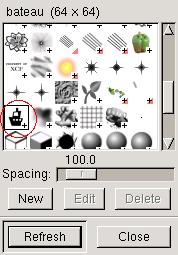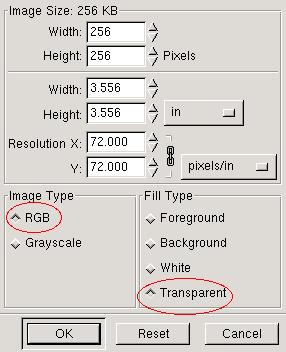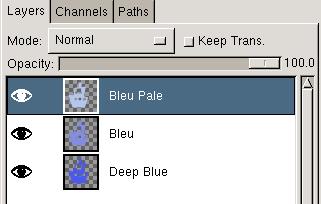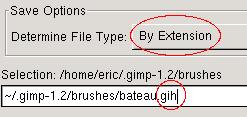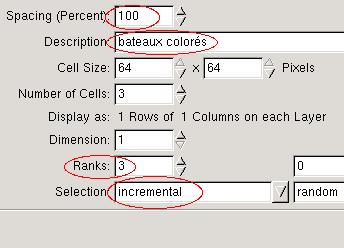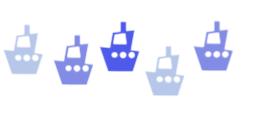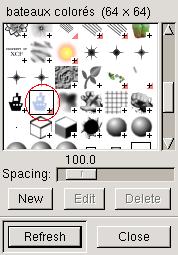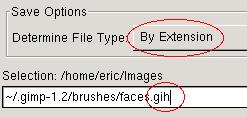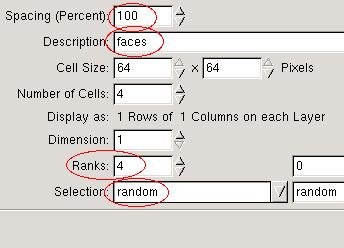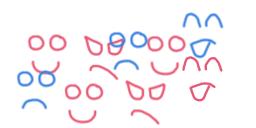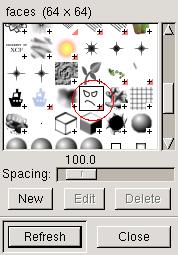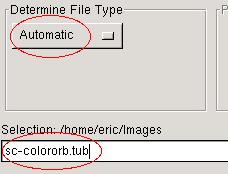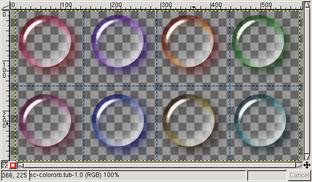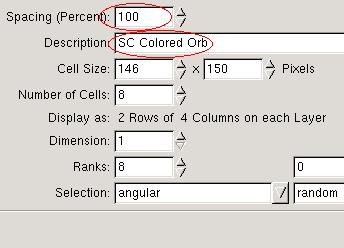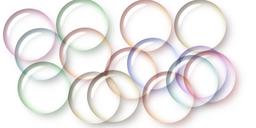Reset the colors of foreground (FG) and
background (BG) to black/white. Open a new image
(File->New) with image type gray and fill type
background.
Trick: Do not hesitate to create an image larger
than the size of the desired brush: it is easier to work on
a big image and then reduce than to make the brush in
real size.
For the example, the image with a size of 256x256 and will
be reduced to 64x64.
And now, using some imagination, you just have to create
the brush of your dreams.
For the example, I drew a boat.
Trick: If you want to obtain a brush with soft
contours, use the filters "Blur" from the right click
menu. |
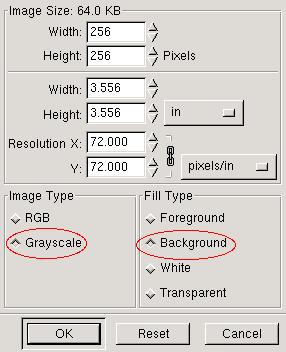 |

![[Photo of the Author]](../../common/images/EricLamarque.jpg)
![[Illustration]](../../common/images/article314/brosse.jpg)
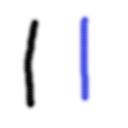
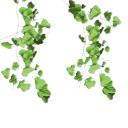
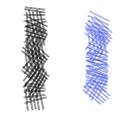
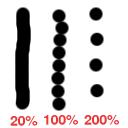

 Your master piece is ready.
Here an outline of my example already reduced to 64x64.
Your master piece is ready.
Here an outline of my example already reduced to 64x64. 


